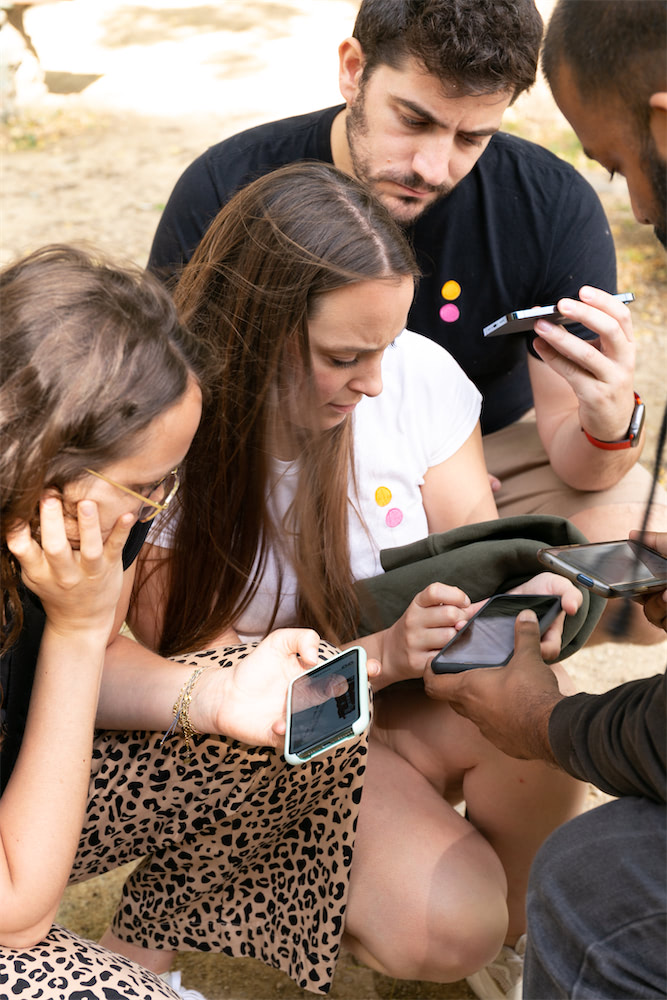Measure and Evaluate Team Engagement

In today's fast-paced business world, fostering a dynamic and engaged team is crucial for success. As a team leader, HR professional, or business manager, understanding how to effectively measure and evaluate team engagement is key to unlocking the full potential of your workforce. This blog post delves into practical strategies in assessing team engagement, offering valuable insights for enhancing team dynamics and productivity.
1. Understanding Team Engagement
Team engagement is the extent to which team members feel passionate about their jobs, are committed to the organization, and put discretionary effort into their work. Engaged teams show higher levels of productivity, better retention rates, and contribute to a positive organizational culture.
2. Why Measure Team Engagement?
Measuring team engagement helps identify areas where your team excels and areas needing improvement. It's not just about measuring productivity; it's about understanding the factors that drive your team members to be their best selves at work.
3. Methods to Measure Team Engagement
- Surveys and Questionnaires: Regularly distributed, anonymous surveys can gauge team sentiment and engagement levels. Focus on questions that assess emotional commitment, alignment with company values, and satisfaction with team dynamics.
- One-on-One Meetings: Personal interactions can reveal insights not captured in surveys. Regular check-ins with team members provide opportunities to discuss challenges and aspirations.
- Performance Metrics: Analyzing performance data can offer objective insights into team engagement. Look for trends in productivity, quality of work, and customer satisfaction.
- 360-Degree Feedback: This comprehensive feedback mechanism involves gathering insights from peers, subordinates, and supervisors. It offers a well-rounded view of how team dynamics affect engagement.
4. Evaluating the Data
Once you've collected data, it’s crucial to analyze it effectively. Look for patterns or recurring themes. It’s not just about the raw data but understanding the story behind the numbers.
5. Best Practices in Enhancing Team Engagement
- Transparent Communication: Foster an environment where feedback is encouraged and valued. Transparent communication builds trust and helps address issues proactively.
- Recognition and Rewards: Regularly acknowledging and rewarding good work boosts morale and reinforces positive behaviors.
- Professional Development: Investing in your team’s growth shows commitment to their career progression, enhancing engagement.
- Work-Life Balance: Encourage a culture that respects personal time and work-life balance. This approach leads to more satisfied and productive team members.
6. Leveraging Technology
Utilize technology to streamline the measurement process. Various software tools offer innovative ways to track and analyze engagement levels, making it easier to glean actionable insights.
7. Continuous Improvement
Remember, measuring and evaluating team engagement is not a one-time activity. It should be an ongoing process, adapting to changes within the team and the broader organizational context.
Measuring and evaluating team engagement is a vital part of maintaining a healthy, productive work environment. By employing these strategies and staying attuned to your team's needs, you can foster a more engaged, efficient, and happy workforce.
Looking for a unique team-building activity? Check out our urban escape game at Coddy. It's the perfect way to enhance team dynamics, communication, and problem-solving skills in an exciting, real-world scenario.
Join the ultimate urban team building adventure where riddles reveal the city's secrets.
Take your colleagues on a journey of discovery and fun, while creating unforgettable team memories!
Read moreDownload the brochure
Discover all the details about our team building activities.











